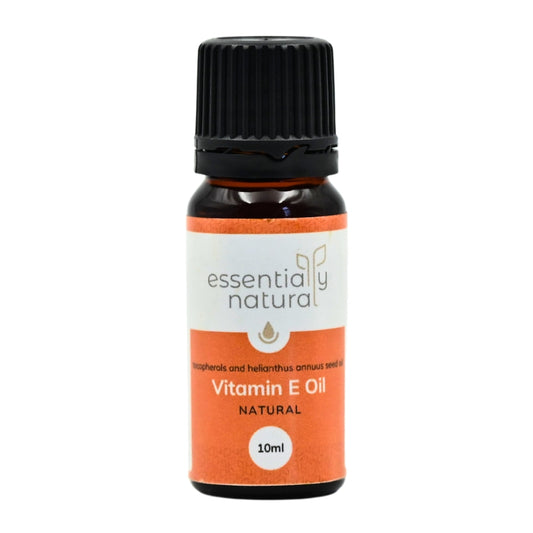
Green Tea Facial Toners
Juliette van der MeerWe've spoken about all the amazing skin benefits of green tea in our latest blog series, Green Tea For Skin, and we've covered some fun recipes in P2: Scrubs, Serums & Masks. Now it's time to make some green tea toners.
Why Should You Use a Toner?
Toners are the first step in skin hydration following a good cleanse and exfoliation and help to prep your skin for moisturisers. A good toner will be packed with ingredients that hydrate, plump and glow your skin, as well as bring it to its natural slightly acidic state (yes, our skin is acidic).
What Should You Include When Formulating Your Own Toner?
Ingredient actives that you would want to include in your toner are humectants (moisture givers), antioxidants, hydrators, skin calmers and any good acids such as hyaluronic acid, lactic acid and alpha-hydroxy acids.
Why Include Green Tea in Your Toner?
Green tea covers just about all of these functions on its own, but it is nice to include other ingredients too. We recommend vegetable glycerine, D-panthenol and hydrolyzed wheat protein as hydrating agents, humectants and skin conditioners.
Other ingredients to add would have a toning and even astringent action, such as witch hazel (the original oily skin toner), apple cider vinegar, lemongrass infusion, or essential oils such as lemon, grapefruit or bergamot.
Next, something to calm and moisturise the skin such as rose powder infusion, aloe gel, allantoin (highly recommended) or an essential oil such as rose or chamomile, can be added.
Note: If you decide to add any essential oils, add in some OliveM 300 too as it can act as a light solubiliser.
Finally, you will require a preservative as a toner is water based. Use geogard 221 or Euxyl 940 blend.
Recipes
Toners are user-friendly to make and you can't go wrong using a combination of the ingredients mentioned in the previous section. Here is a basic customisable green tea toner recipe to get you started.
Customisable Green Tea Toner
Ingredients:
- 90ml green tea infusion, or if using, green tea + another botanical infusion, or hydrosol
- Actives such as 1 drop vegetable glycerine, 2ml hyaluronic acid, 1T aloe gel, and/or 2ml D-panthenol
- ½ tsp allantoin (optional but I highly recommend it for a moisturised and silky skin feel)
- 2 drops preservative geogard 221 or Euxyl 940 blend.
Method:
- The first step is always to prepare your infusions. Sterilise all your utensils with boiling water.
- Measure out a teaspoon of botanical powder, cover with freshly boiled and slightly cooled filtered water, leave to infuse for at least half an hour, then filter and preserve.
- Once you have your infusions ready, combine all the ingredients together, stirring gently after each addition.
- Lastly, you may want to test the pH with test strips and if necessary, add a tiny pinch of citric acid. You are looking for a pH of around 5.5.














6 comments
Hi Nombulelo, use enough water to make up the required amount for whichever recipe you are following :)
You can also read more on infusions at this link: https://essentiallynatural.co.za/blogs/botanical-extracts/how-to-make-water-based-botanical-extracts
Hi
How much filter water do I use when making the green tea infuson?
Thank you :)
Hi Eleanor, it’s a pleasure, glad you like everything!
It might depend a little on what essential oils you are using, but I would try with 2-3% OliveM 300 and see from there. If you need a little more you can then always add it in. Keep in mind the OliveM 300 may make the solution appear cloudy.
Hi there, thanks for the best source of natural skin care making info and the best online shop for ingredients!
If I were to add some essential oils to my toner and use OliveM 300 as a solubiliser, how much what % of OliveM 300 should I use? TIA:)
Hi Marcy, you could probably get away with a direct substition of lactic acid for HA. You will need to see how your skin responds.